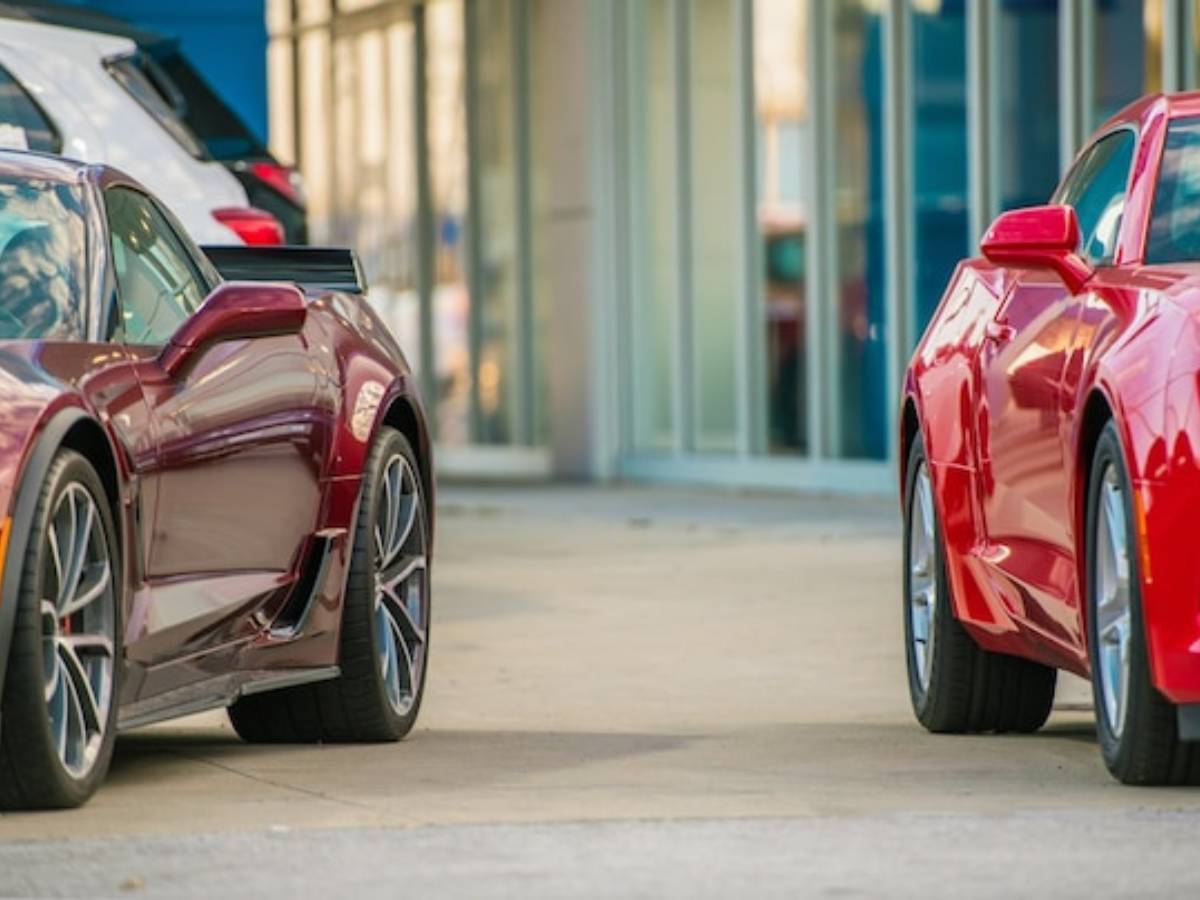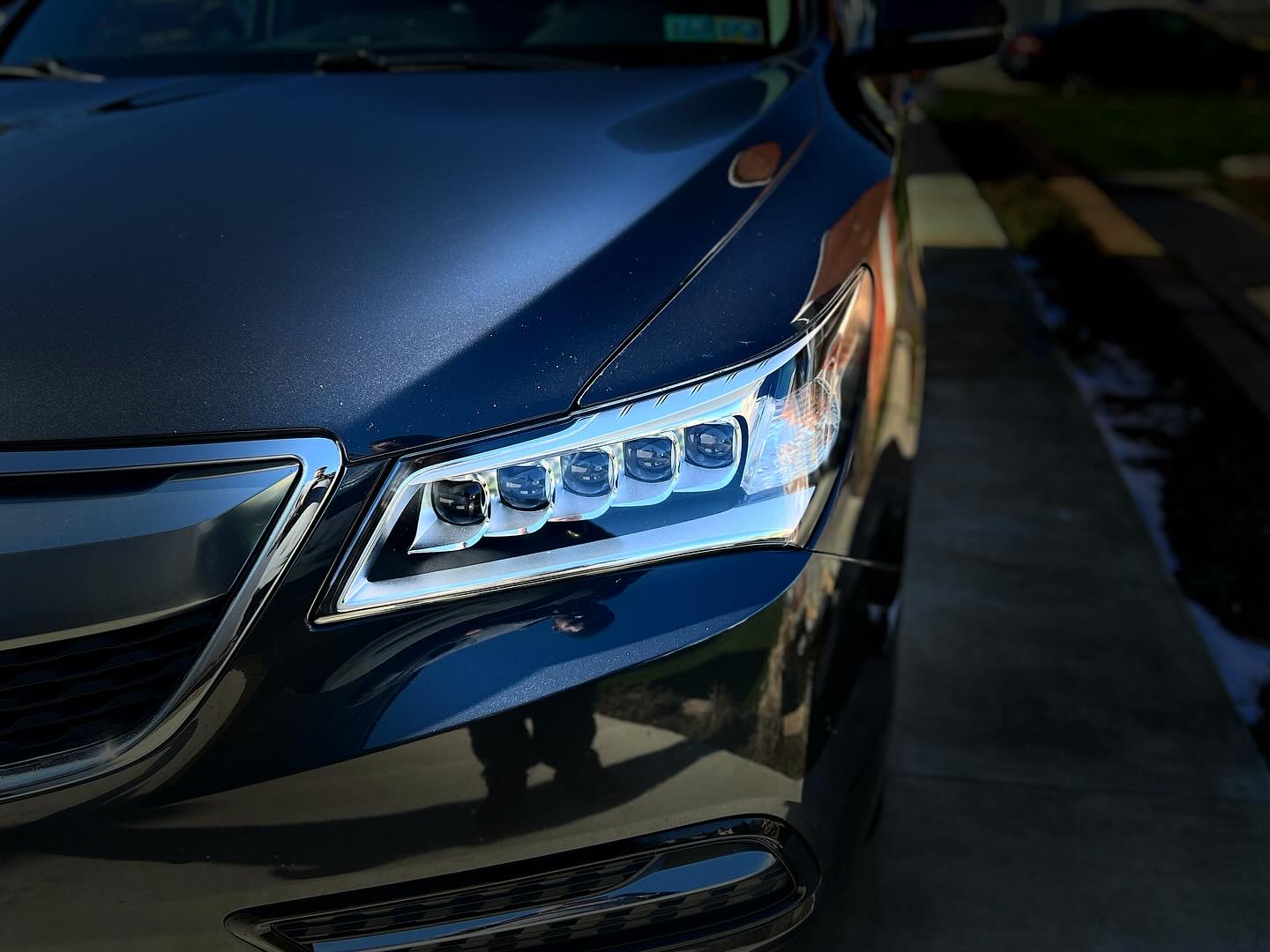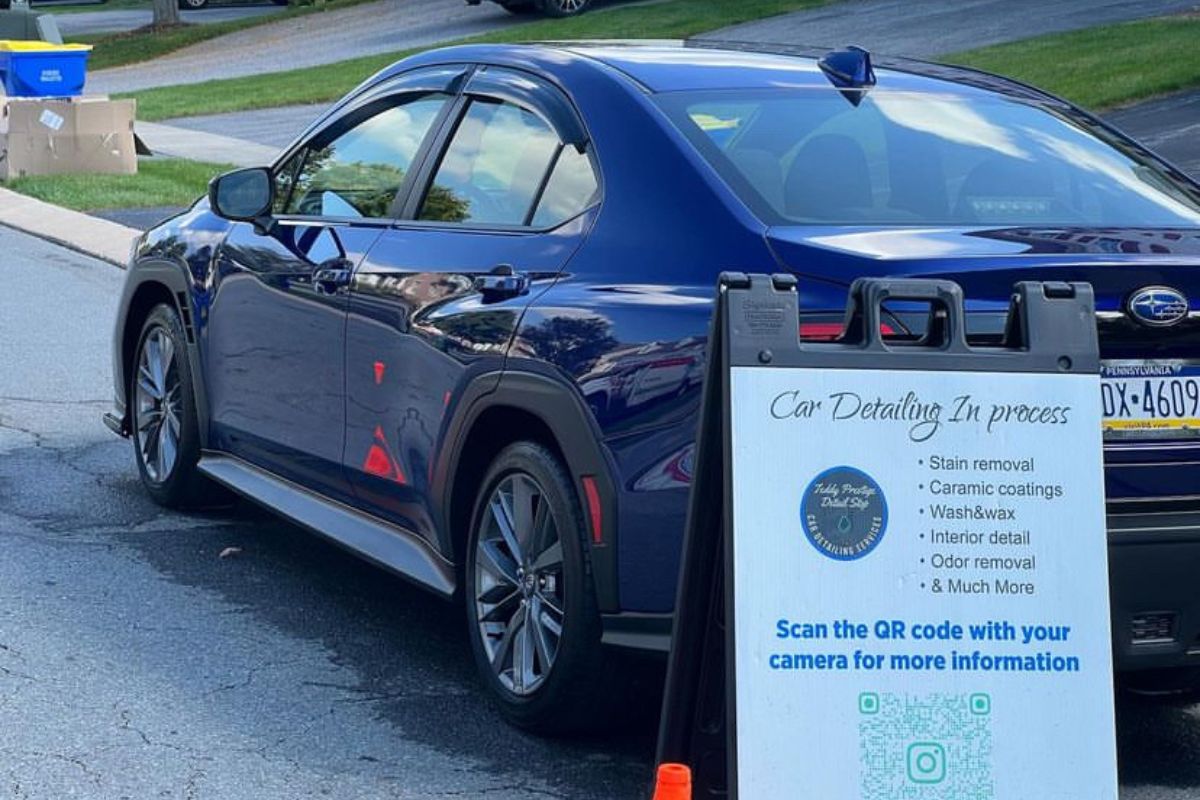Detailing a car, whether it’s brand new or has been on the road for years, involves diligent cleaning, polishing, and protection to enhance its appearance and maintain its condition. However, the techniques and approach can vary significantly depending on the car’s mileage and condition. Recognizing these differences is key to achieving the best results.
In this blog, Teddy Prestige Detail Stop delve into the main distinctions between detailing a used car and a new car, shedding light on each scenario’s unique challenges and considerations.
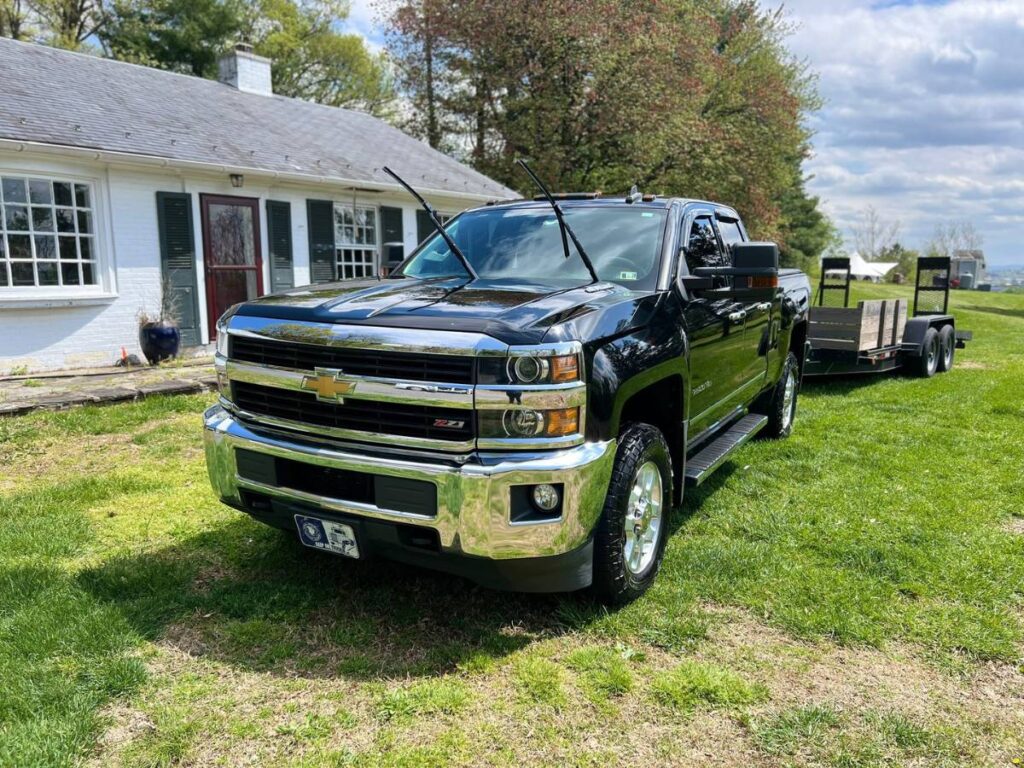
Customizing techniques for used and new cars
Detailing used cars
When detailing a used car, the main focus is on restoring and preserving its condition. These vehicles often show signs of wear and tear, so it’s important to handle them carefully in order to restore their original appearance without causing further damage. The process involves reviving the car’s original appeal by addressing issues such as aged paint, rust spots, and worn interiors with precision and care.
Detailing new cars
Detailing a new car is mainly about maintenance and protection. While new cars don’t have the wear and tear of older vehicles, they still need preventive care to keep them looking pristine. The focus is on applying protective coatings, maintaining the flawless condition of the paint, and ensuring the interior remains spotless and fresh.
Why do different cars require different detailing techniques?
It’s essential to understand the difference between detailing used and new cars because using the wrong techniques can cause more harm than good. Cleaning an old vehicle too aggressively could damage its unique character while neglecting a new car can cause it to lose its fresh appearance. In the following sections, we will discuss specific cleaning and caring methods for used and new car models!
The starting point: Assessing vehicle condition
Used cars
The process of detailing used cars begins with a thorough assessment. These vehicles often exhibit signs of exposure to the elements, leading to wear and tear that requires careful attention. Common issues include scratches, dents, and interior stains, all needing to be carefully evaluated.
New cars
In contrast, new cars present a fresh start. The objective is to preserve the vehicle’s pristine condition after it leaves the showroom. Initial evaluations concentrate on applying protective measures to prevent future damage.
Detailing processes: A comparative look
Cleaning and restoration for used cars
Deep cleaning: A car may require thorough inside and out cleaning after years of use.
Paint correction: This step is vital for reviving the car’s exterior. It involves the removal of swirl marks and scratches to restore the paint’s original shine.
Interior restoration: The cabin is rejuvenated with treatments that eliminate odors and stains, restoring the freshness of a new car.
Preservation and protection for new cars
Protective coatings: Applied to the exterior to guard against scratches, UV rays, and contaminants.
Preventive treatments: The interior benefits from protectants that prevent wear and tear, keeping materials in pristine condition.
Light polishing: New cars may only require a light polish to enhance their natural gloss.
Time, effort, and cost implications
Used cars
Transforming a used car can be a time-consuming process, often requiring a full day or more. This is reflected in the cost, which is typically higher due to the extensive labor and materials needed.
New cars
Detailing a new car is generally quicker, focusing on protective applications that are less labor-intensive and therefore less costly.
Long-term maintenance strategies
Used cars
Establishing a regular detailing schedule is essential for used cars. It’s recommended to detail a used car every four to six months, depending on usage and exposure to harsh environments. After a thorough detailing, applying protective measures like wax or sealant can help maintain the paint’s condition and make future cleanings easier.
New cars
The focus should be on proactive protection to avoid the need for restorative detailing in the future. This includes periodic applications of ceramic coatings or paint protectants.
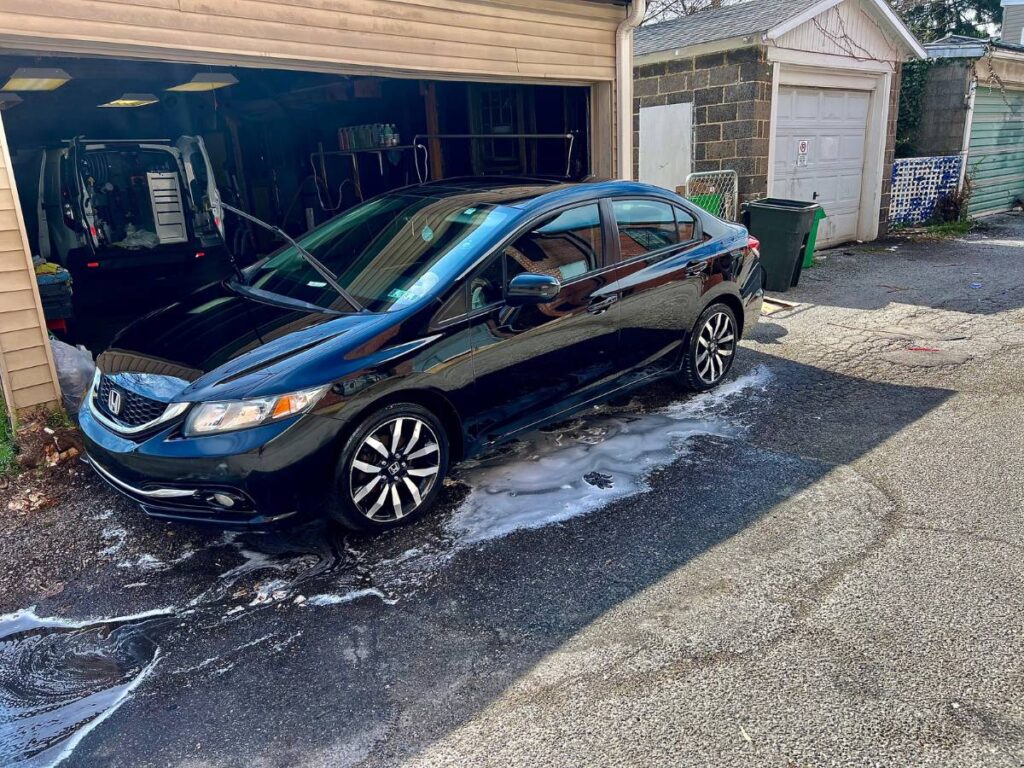
Put your trust in Teddy Prestige Detail Stop for all your car detailing needs!
Maintaining the beauty and performance of your car requires the utmost attention to detail, whether you’re driving a cherished, used vehicle or enjoying the luxury of a brand-new one, ensuring its longevity calls for expertise and care.
At Teddy Prestige Detail Stop in York, PA, our team understands the unique needs of every car, whether it’s a used Toyota or a brand-new Audi R8. You can reach us at (717)-608-5800. Our team is dedicated to delivering exceptional detailing services tailored to your vehicle’s specific requirements!

